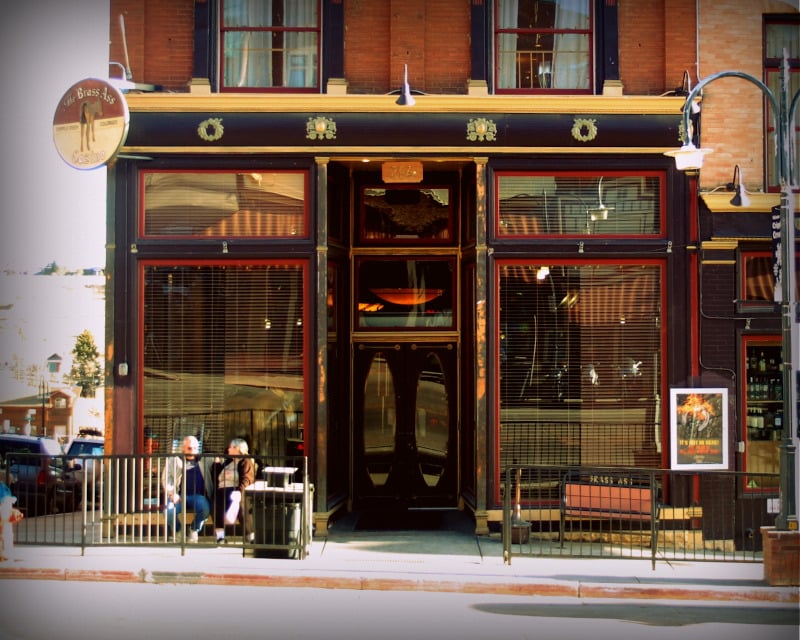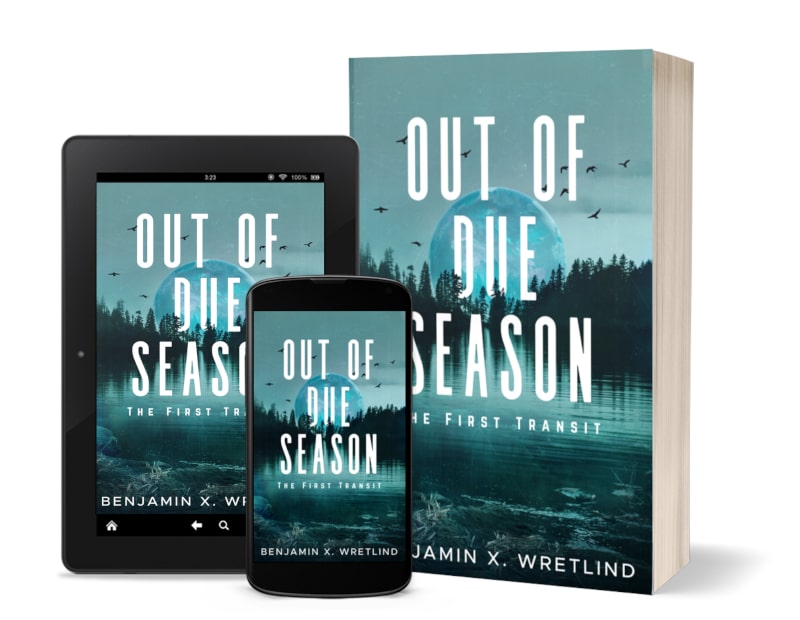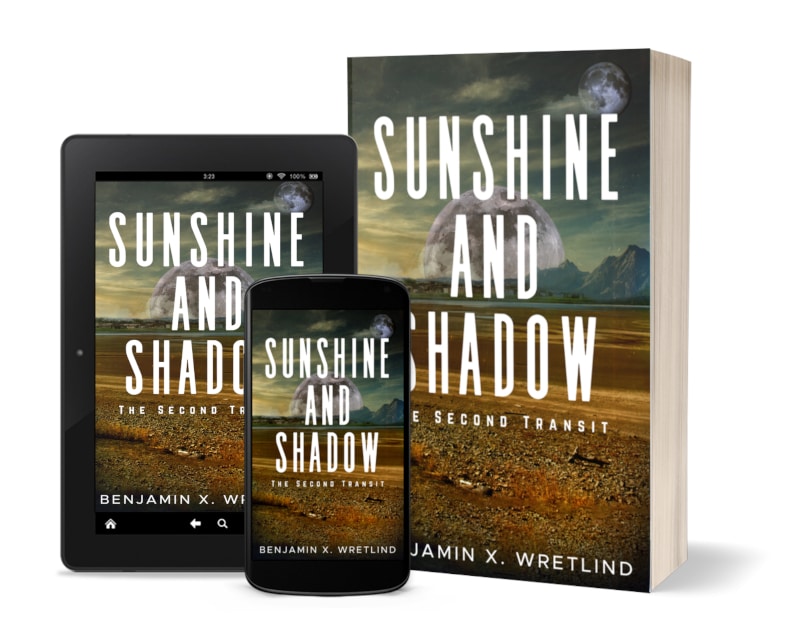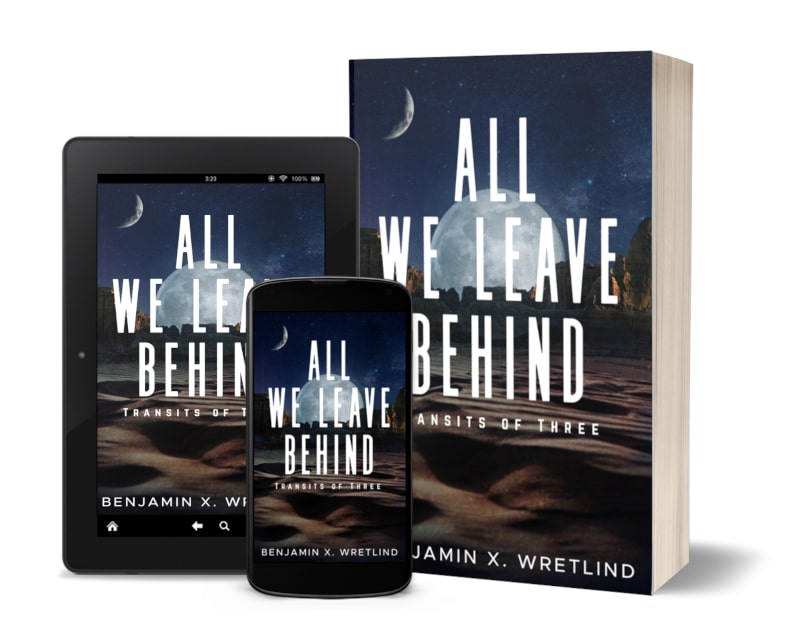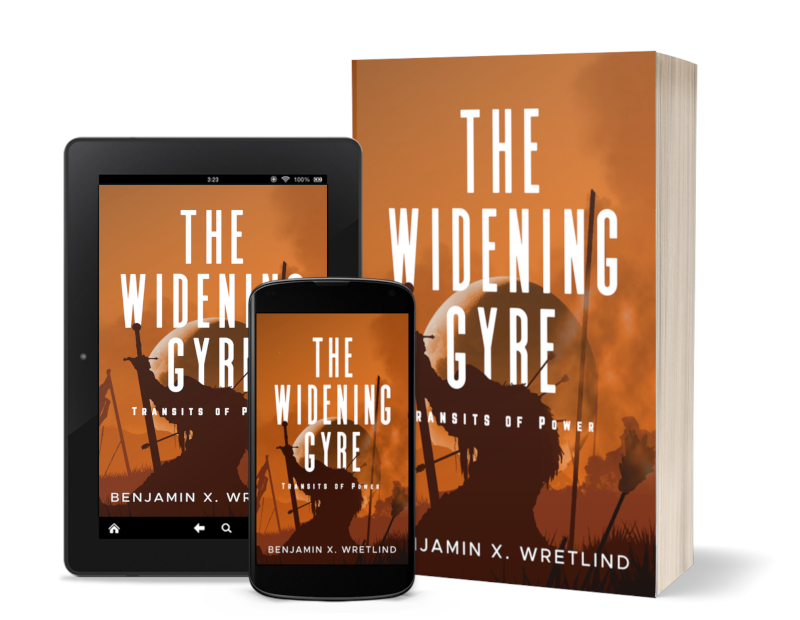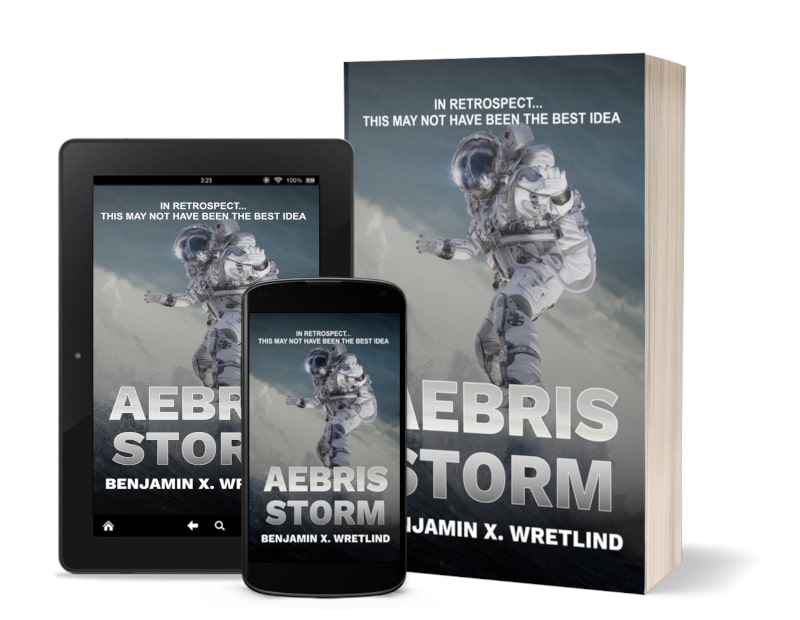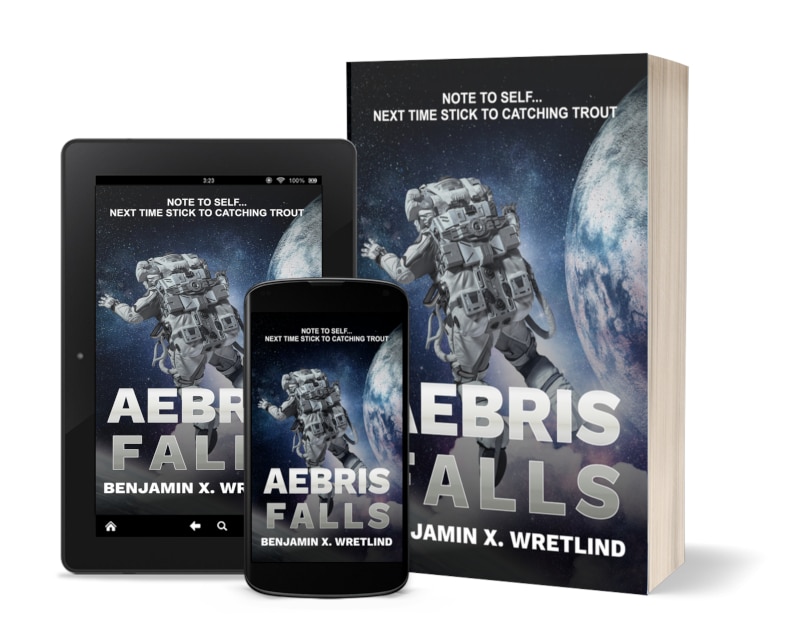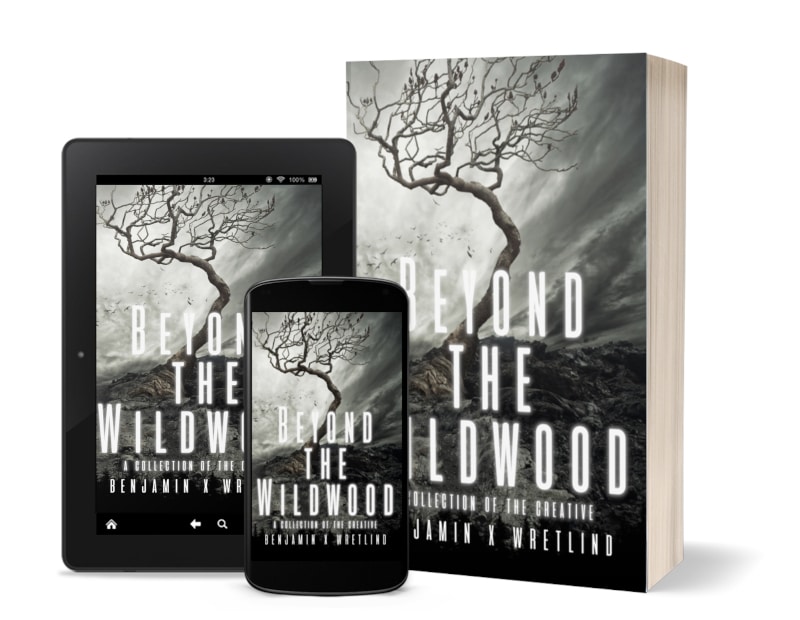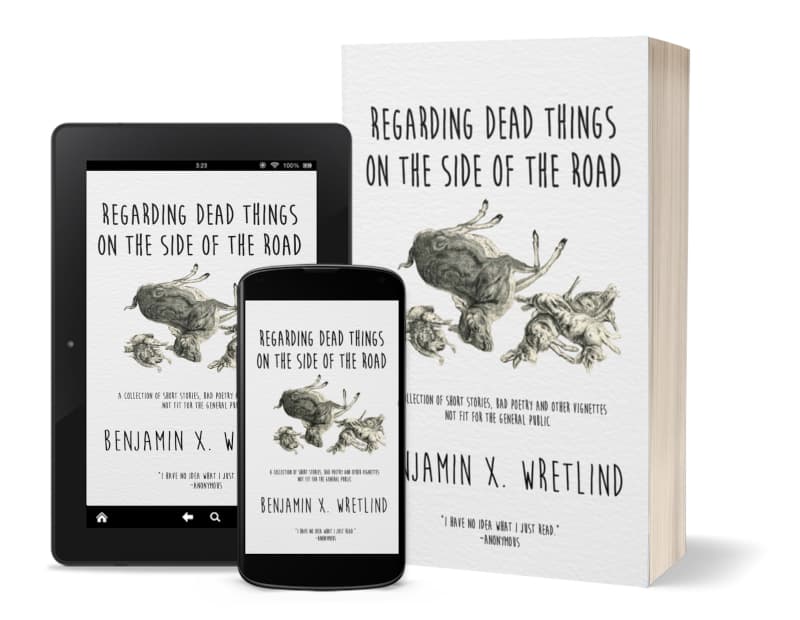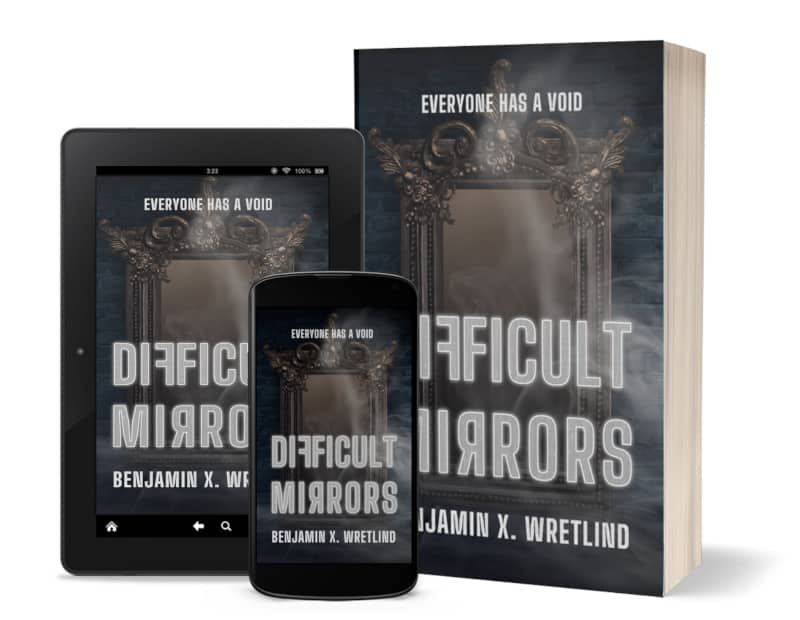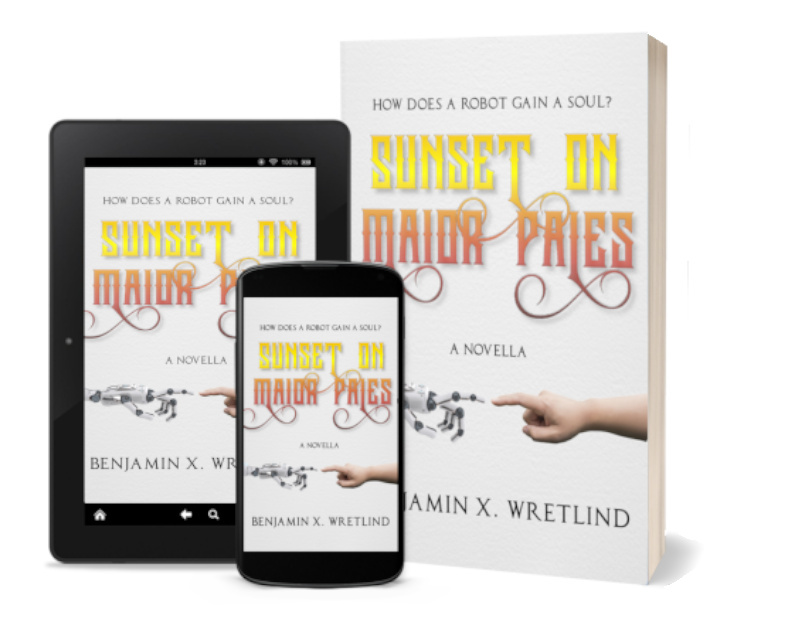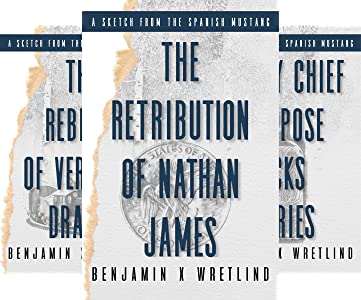Location, Location, Location
Location, Location, Location. We’ve heard it before, how important it is to a story. The setting of a story can move about, but it is no less important (I believe) than the characters or the plot. After all, where would the characters act out the plot if not in a setting?
“Everything in life is writable about if you have the outgoing guts to do it, and the imagination to improvise. The worst enemy to creativity is self-doubt.”
– Sylvia Plath
I’ve lived in a few locations in my life, and some of them have a special place in my heart. Others…well, I’d rather never set foot in them again. Writing about the good or bad can be cathartic, and sometimes those locations can show up in your work.
I’m a reflective person with a penchant to revisit all those memories. The good ones, anyway. They are my stories, and while some of those stories I may have written down in order to capture the moment, others I leave in my head, in order to protect the privacy of my thoughts.
Through the Magic that is the Internet, I have been able to revisit a few of those places online, provided the Google car drove by it. (That I wish Google would switch to a drone and cover 100% of the globe that isn’t ocean is a) probably never going to come true; and b) scary in its implications.)
Here’s an example of what I mean.
When I was 4, I lived in this house.
I haven’t been back there in nearly half a century, but I do remember events that occurred despite having only lived there for about a year. In one of those events, I followed my brother up the street as we “ran away.” I don’t remember the inciting incident but I do remember stopping about a quarter of a mile into our flight to eat lunch. My brother pulled an orange out of his backpack and started cooking it with matches.
I haven’t written anything about that story or in that location, but perhaps one day I’ll go back and see what other memories I can jog loose from a mind that–at times–feels like it’s slipping.
Here’s a truth: our memories often change (e.g., that orange may have been an apple and while I see a ditch in my mind’s eye, it could have been a hill), but the feelings we had at that moment are more permanent. The two things–events and feelings–implant themselves in different parts of our brain. This is physiological. It’s just the way our mind works.
While the house above has not made it into any work (yet)–although I do feel a short story is in there–there are many other places that have made their way. In the Sketches from the Spanish Mustang, in fact, the town of Cripple Creek acts as a character with its own chapters.
The town was almost dead.
No one could say when it happened, when its heart slowed, its lungs barely drew in oxygen, its neurons expired. Were there symptoms of some disease that festered like sores, eating away the insides before taking on the flesh? Did it know the end was near or was it primed to give up its consciousness unexpectedly? When did it become rigid and riddled with the maggots of time?
No one could say when the streets cracked, when the cars stopped navigating the twists and turns and became derelict on the side of the road. When did the noxious fumes of progress dissipate into the air in such minute quantities that, if measured, would not have been noticed? When did the tourists, the photographers, the lovers, the old and tired, the lonely road warriors on their black and silver motorcycles avoid the road not taken?
–from Sketches from the Spanish Mustang
Without any explanation (but apparent if you’ve read Difficult Mirrors), here is another location found using the Magic that is the Internet. (The original coffee shop that was here has been repurposed as a restaurant, but the building still stands).
(An aside: a movie called Verses was filmed in that coffee shop in 1999, but for the life of me I can’t find a copy of it anywhere.)
One of the locations I would love to revisit using the Magic of the Internet (and now VR!), would be the dorms I lived in when I was in California. I can’t, however, since an aerial shot of the location shows that the original building has been replaced with something much fancier. (I did go back and look at historical images on Google Earth, but the quality was poor.)
Although I will never be able to return to that place virtually and see what memories I can jog loose, it is yet another I can write about.
Exercise
Here’s a little exercise for you if you ever get stuck:
- Think of a place you have visited that might be associated with a feeling; it could be an old house, a park or even a street corner.
- Attempt to find that place using Google Earth or Street View.
- if you have an Oculus VR, I would suggest the application Wander
- if you can’t remember the address, you might have to look around for a bit (it took me a while to find the house I lived in when I was 4, but who remembers their address at 4?)
- Quickly write down what you feel while looking at the image; try to use all of your senses (remember that feelings are not always triggered by sight or sound)
- what do you see? hear? smell? taste?
- are there any objects you can touch which produce feelings (e.g., the rind of an orange your brother might have tried to cook with a match)?
- Write the scene of a story–any story–that takes place in that setting;
- here I suggest writing a fictional piece, not an autobiographical one
- you might be surprised that your emotions are transferred to the page
As Robert Frost once said:
No tears in the writer, no tears in the reader. No surprise in the writer, no surprise in the reader.
– Robert Frost



